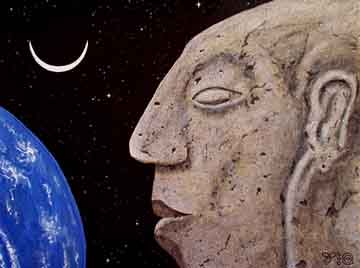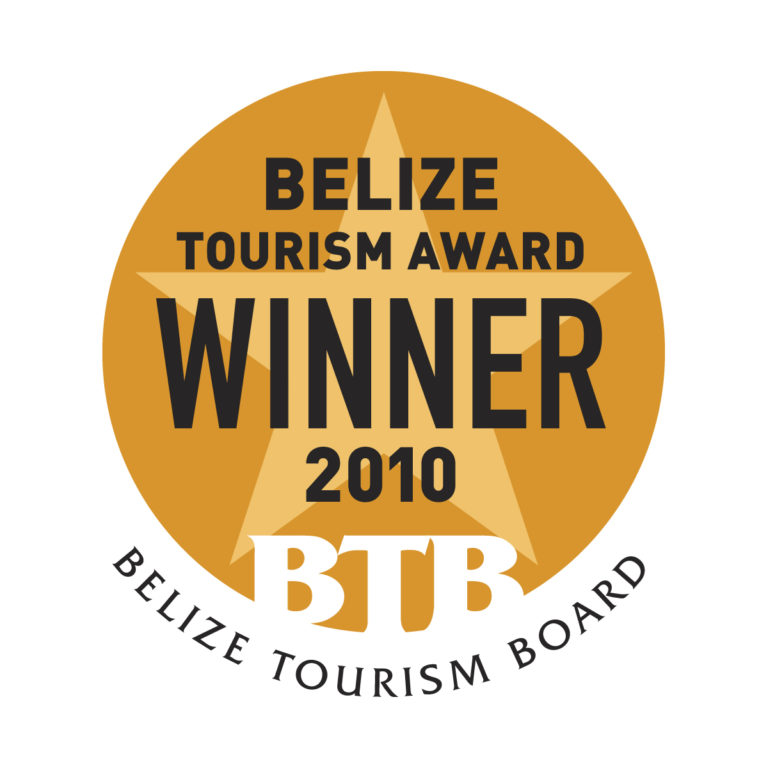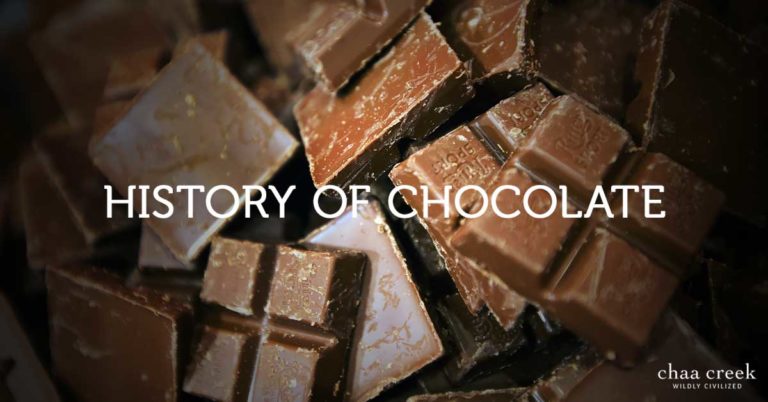Happy New Year from Chaa Creek
As with the arrival of every New Year, all of us here at Chaa Creek once again invite our many friends around the world to join us in looking forward to the future with fresh perspectives, aspirations and hope as new opportunities and challenges present themselves.








